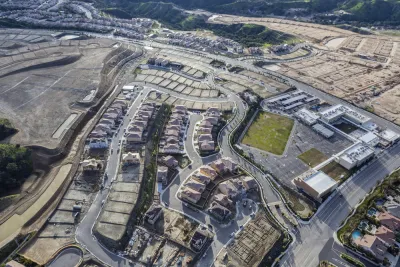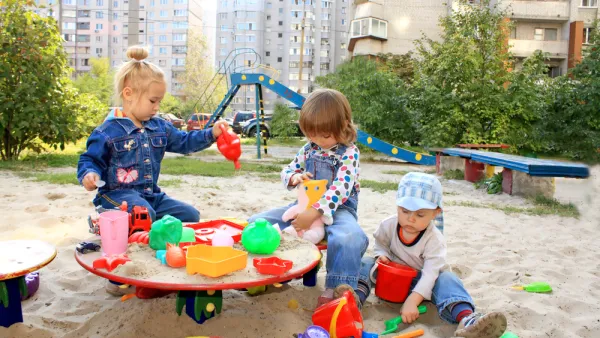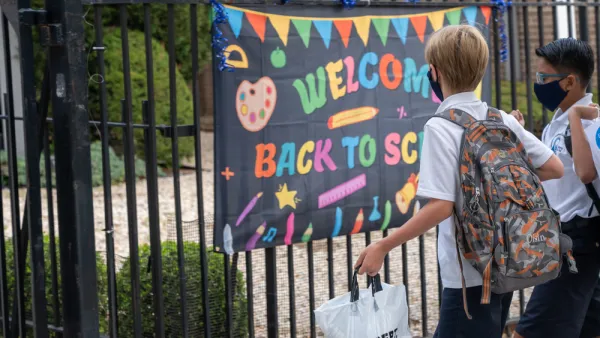Moving to a school with higher levels of traffic pollution could impact students' academic performance, according to new research.

A study from the National Bureau of Economic Research finds that when students switch to schools with higher levels of traffic pollution, they begin to experience lower test scores, more behavioral problems, and increased absences.
Reporting on the findings, CityLab's Nicole Javorsky notes that "more than 6 million children attend public school within 250 meters (820 feet) of a major roadway, and almost 20 percent of schools that opened in the United States during the 2014–2015 school year were located near a busy road."
Many of the public health impacts of air pollution, from diabetes to death, are well documented. In this study, researchers focused on kids in Florida public schools located within 0.4 miles of major highways. They looked at how students’ performance in school changed after moving from a less polluted school—that is, a school upwind of a highway—to a more polluted school (downwind of a highway) and vice versa. The findings: Students who transitioned to a more polluted school—even in the same zip code—began experiencing lower test scores, more behavioral problems, and more absences than students who transitioned to a less polluted school.
The researchers hope that policymakers and school districts will consider the findings when siting new schools.
FULL STORY: How Car Pollution Hurts Kids’ Performance in School

National Parks Layoffs Will Cause Communities to Lose Billions
Thousands of essential park workers were laid off this week, just before the busy spring break season.

Retro-silient?: America’s First “Eco-burb,” The Woodlands Turns 50
A master-planned community north of Houston offers lessons on green infrastructure and resilient design, but falls short of its founder’s lofty affordability and walkability goals.

Delivering for America Plan Will Downgrade Mail Service in at Least 49.5 Percent of Zip Codes
Republican and Democrat lawmakers criticize the plan for its disproportionate negative impact on rural communities.

Test News Post 1
This is a summary

Test News Headline 46
Test for the image on the front page.

Balancing Bombs and Butterflies: How the National Guard Protects a Rare Species
The National Guard at Fort Indiantown Gap uses GIS technology and land management strategies to balance military training with conservation efforts, ensuring the survival of the rare eastern regal fritillary butterfly.
Urban Design for Planners 1: Software Tools
This six-course series explores essential urban design concepts using open source software and equips planners with the tools they need to participate fully in the urban design process.
Planning for Universal Design
Learn the tools for implementing Universal Design in planning regulations.
EMC Planning Group, Inc.
Planetizen
Planetizen
Mpact (formerly Rail~Volution)
Great Falls Development Authority, Inc.
HUDs Office of Policy Development and Research
NYU Wagner Graduate School of Public Service





























